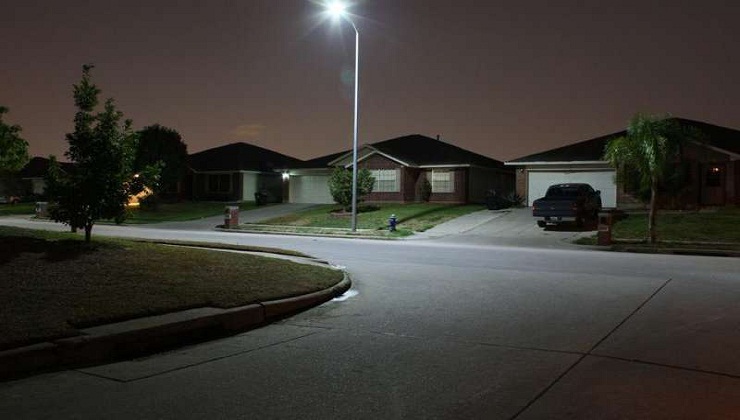Planet earth runs on light energy. Light energy from the sun powers photosynthetic processes in plants and different wavelengths of light cue these plants to flower, move their leaves, and grow taller.Work published this week in PLoS One explores the differences between different types of light bulbs (newer LED vs. older low-pressure sodium) on the behavior of suburban bat populations.
Many cities worldwide have begun to shift towards LED light bulbs in streetlights due to improved color rendering (broader spectrum light quality) and increased energy efficiency over time. In fact, the United States Department of Energy reports that residential LED’s can reduce energy use by 75 percent and last 25 times longer than traditional incandescent lighting. In places like New York City, these changes are projected to result in up to $14 million annually (energy savings and maintenance) and are a huge step towards to city’s goal of reducing carbon emissions 30 percent by 2030.
However, changes in light quality and quantity resulting from widespread changes in streetlight bulbs will almost certainly affect urban populations of plants and animals as well – but maybe not the bats?
This week, Rowse et al. (2015) demonstrated that bat populations in suburban areas of the UK were unaffected by a switch from low-pressure sodium (LPS) bulbs to higher efficiency LED bulbs.
From our very good friends over at phys. org
Click Here for the Full Article

